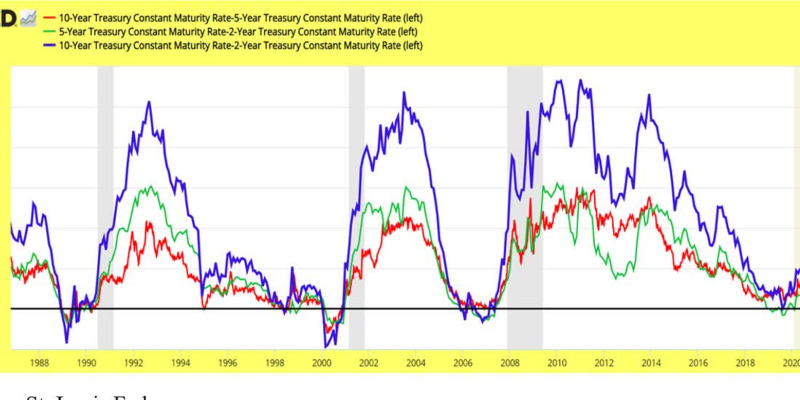Why Does The Price Of Bonds Move In The Opposite Direction Of Their Yields?
Oct 19, 2023 By Triston Martin
If you're new to Bond investing, you may find that bond prices and yields move in opposite directions puzzling. Bond rates and fees move like a seesaw; when yields rise, prices fall and vice versa. Specifically, a rise in the work on the 10-year Treasury bond from 2.2% to 2.6% would be bad news for the bond market as a whole, as an increase in the interest rate on bonds is typically accompanied by a decline in their value. The supply and demand for investment capital generally dictate the bond market. Therefore this is what occurs. Thus, the Treasury won't have to increase bond rates to entice investors if bond demand rises.
Yield Vs. Bond Prices
As with any other investment, bond buyers want to maximize their returns. In most cases, this requires them to monitor the ever-changing interest rates on loans. Taking zero-coupon bonds, which don't pay monthly interest and instead derive all of their value from the difference between the purchase price and the par value paid at maturity, helps illustrate why bond values move in the opposite direction of interest rates. The yield on zero-coupon bonds is based on the discount from the par value at which they are issued, the par value of the Bond at purchase, and the remaining time till maturity. Some bond investors may be interested in zero-coupon bonds because they guarantee a specific yield.
The Interest Rate Raise
Bond A is a new issue of corporate debt that enters trading in a given year at a coupon rate of 4%. After a year, when interest rates rise, the same corporation will issue a new bond (Bond B) yield of 4.5 percent. If Bond B offers a yield of 4.5% and Bond A provides a yield of 4%, why would an investor choose to buy Bond A? No one would agree. Thus the original Bond A price has to come down to entice purchasers. But by what percentage does its price drop? The calculations are as follows: Bond A was issued with a $1,000 face value, and its initial yield to maturity was also 4%. That's equivalent to a yearly interest payment of $40.
The Prices Of Bonds Go Up

What happens here is the inverse of the typical case. Bond A is issued by the same firm and has the same 4% coupon. However, yields have dropped recently. Bond C was issued by the corporation a year later, with a voucher of 3.5 percent. To achieve parity in gain with Bond C, the price of Bond A rises. Bond A, with a 4% coupon and a $1,000 beginning yield to maturity, would need to increase in price to $1,142.75 before it would break even. The Bond's work or interest payment must decrease due to this price rise, from 3.5% down to the original yield of 3.5% ($40 coupon divided by $1,142.75).
The Bond Market And The Fed

When individuals speak to "the national interest rate" or "the Fed," they're most commonly referring to the federal funds rate established by the Federal Open Market Committee (FOMC). This is the rate of interest levied on the interbank transfer of money held by the Federal Reserve (Fed) and is commonly used as a benchmark for interest rates on all sorts of investments and debt instruments. Bond prices react strongly to actions taken by the Federal Reserve.
Conclusion
It's starting to make some solid logic. A decline in interest rates boosts demand for bonds because of the fixed interest rate they pay. A fall in bond price is the other way around and happens when interest rates climb above the lower fixed rate provided by bonds. This technique may be seen in action in the case of zero-coupon bonds. If you're new to Bond investing, you may find that bond prices and yields move in opposite directions puzzling. Bond rates and fees move like a seesaw; when yields rise, prices fall and vice versa. Specifically, a rise in the work on the 10-year Treasury bond from 2.2% to 2.6% would be bad news for the bond market as a whole, as an increase in the interest rate on bonds is typically accompanied by a decline in their value.









 smartgridinfo
smartgridinfo